Last Updated on: 30th October 2023, 03:07 pm
Deer are lovely to look at but wreak havoc on gardens.
Deer-resistant plants offer some deterrence when your hooved visitors raid your yard. It is an enormous challenge we face in the most rural regions of eastern North Carolina.
Deer can be a persistent and destructive problem for gardeners who want to maintain their plants’ beauty and health. However, by selecting the best deer-resistant plants, it is possible to create a garden that is good-looking but resistant to deer damage. Finding suitable options requires careful consideration of factors such as the plant’s taste, smell, texture, local climate, and soil conditions.
This article will help you:
- Understand why some plants seem less appetizing to these four-footed pests
- Provide tips and insights for selecting the best deer-resistant plants for your garden.
- Give you a list of twelve plants that will thrive in our local growing zones (7 and 8) and an overview of each.
Appetizing Versus Deer-Resistant Plants
Deer are known to have a voracious appetite and will eat a wide variety of plants, but some plants are more resistant to deer damage than others. Several factors contribute to a plant’s deer resistance, including taste, smell, texture, and toxicity.
A hungry deer will eat almost any plant, but it will almost certainly save specific selections as a last choice.
Certain deer-resistant plants have an offensive odor to their sensitive noses.
Plants with strong scents, like lavender or mint, are often highly resistant to deer because the smell deters the animals. Deer have a highly-attuned sense of smell and can dislike particular aromas, especially super spicy or floral notes.
Some deer-resistant plants have a displeasing texture.
Similarly, plants with fuzzy or prickly textures can be less palatable to deer because of their rough texture.
Certain deer-resistant plants are toxic to the animals.
Plants with toxins or unpalatable to deer are also more likely to be deer-resistant. For example, daffodils contain toxic alkaloids that make them unappealing to deer, while boxwood contains compounds that can cause animal digestive issues.
Some deer resistant-plants lack nutrients the animals crave.
Some plants are less appealing to deer because they do not provide the nutrients or flavors the animals seek. For example, many ferns and ornamental grasses are highly resistant to deer because they do not provide the same nutritional value as other plants.
A plant’s deer resistance comes from a complex interplay of taste, smell, texture, toxicity, and nutritional value. When selecting plants for a garden in an area with high deer populations, it is essential to choose species known to be highly resistant and to take steps to protect vulnerable plants with fencing or other deterrents.
Twelve Beautiful Deer-Resistant Plants to Try to Protect Your Landscape
Although this content targets growing zones 7 and 8, many species we mention below will flourish in various temperature zones.
1 – Lavender (Lavandula spp.):
Deer typically avoid lavender’s strong scent, making it an excellent option.
Lavender is a hardy perennial that thrives in full sun and well-drained soil. Lavender can tolerate drought conditions and is relatively low-maintenance. You must cut it back in the spring to encourage bushy growth and prevent leggy stems.
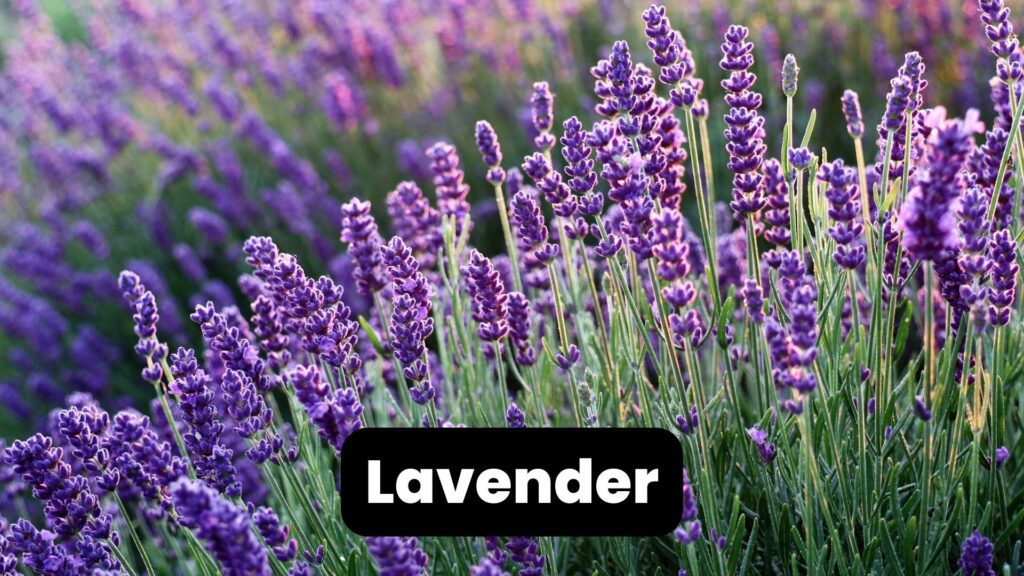
2 – Russian Sage (Perovskia atriplicifolia):
Russian sage is a drought-tolerant perennial that prefers full sun and well-drained soil. It is tolerant of most soil types, including sandy or clay soils. Please place it in a spot with good air circulation to prevent powdery mildew. Prune this perennial back in the spring each year to encourage new growth.
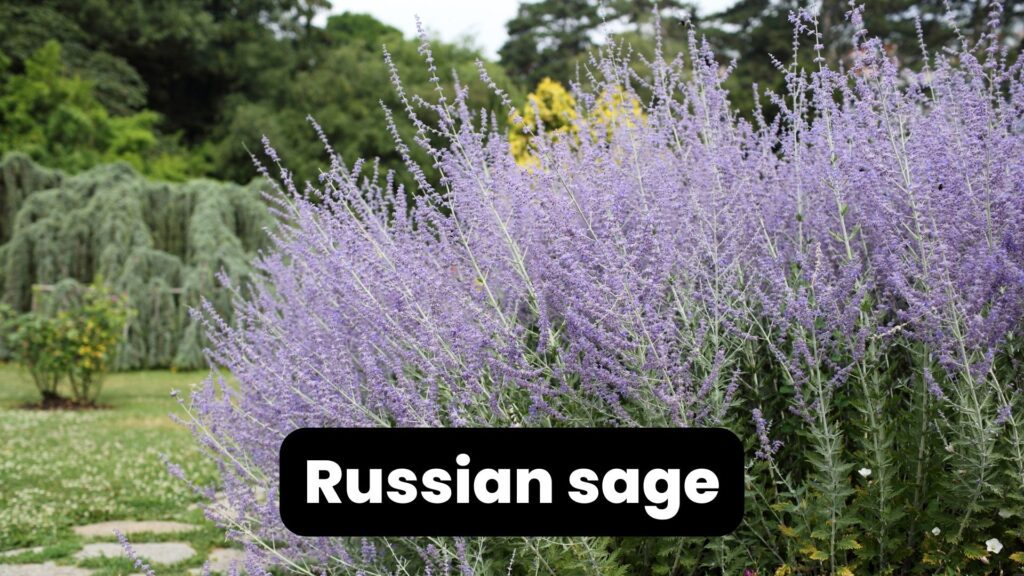
3 – Catmint (Nepeta spp.):
Catmint is a hardy perennial that grows well in full sun or partial shade and well-drained soil. It tolerates various soil types and can even thrive in poor soils. Catmint is relatively low-maintenance but should be pruned back after blooming to encourage bushy growth and prevent leggy stems. It produces lovely blue to purple flowers and will draw pollinators.
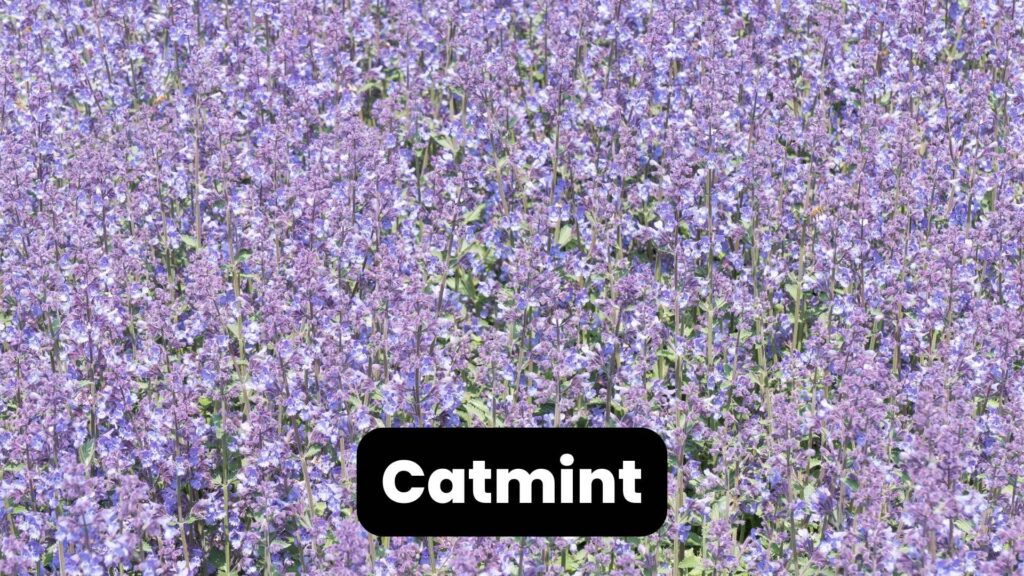
4 – Salvia (Salvia spp.):
With their brightly colored flowers and strong scent, salvias are highly resistant to deer. They come in many striking colors.
Salvia is a sun-loving perennial that prefers well-drained soil and full sun. It thrives in various soil types, including sandy or clay soils, but it demands good air circulation to prevent powdery mildew. Plan to prune back your salvia in the spring to encourage new growth and prevent leggy stems.
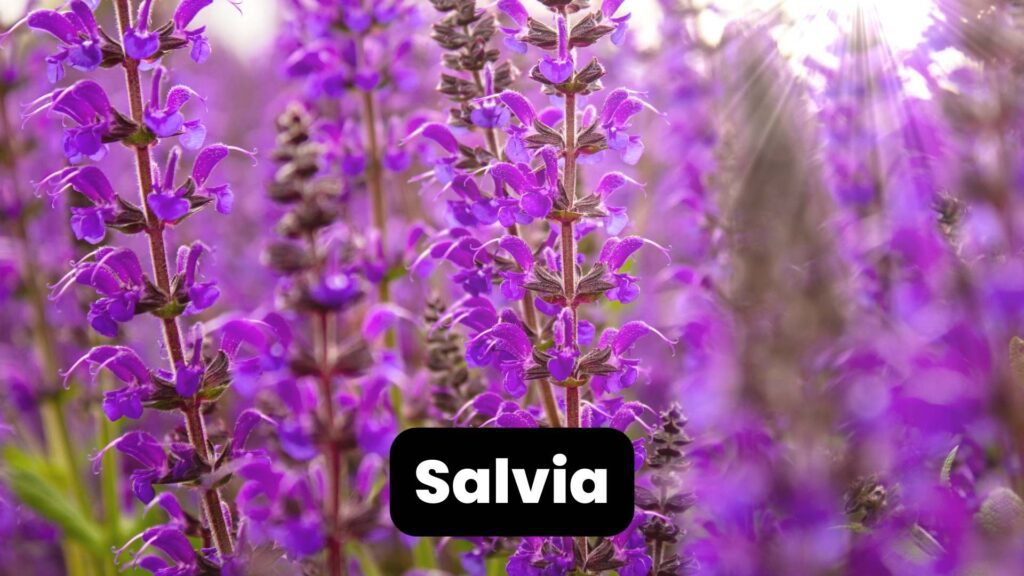
5 – Yarrow (Achillea spp.):
Yarrow is a tough, drought-tolerant plant that produces clusters of tiny blossoms in shades of pink, yellow, or white. It is highly resistant to deer and can grow in full sun or partial shade.
It can tolerate varying soil types, including poor or sandy soils, and is relatively low-maintenance. You must deadhead the yarrow regularly to encourage new blooms and prevent self-seeding.
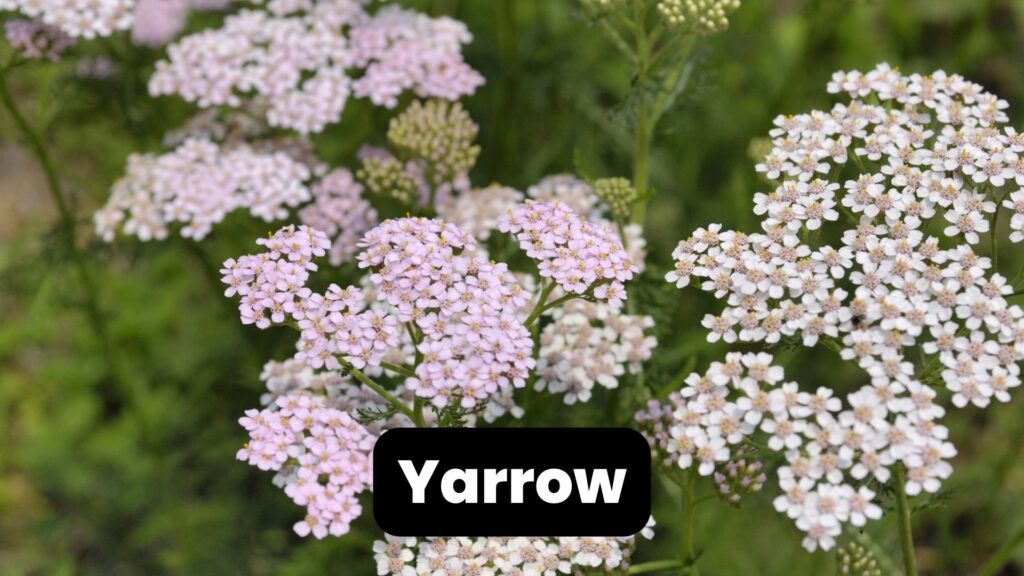
6 – Boxwood (Buxus spp.):
Boxwood is a classic choice for hedges and topiary and is highly resistant to deer. It prefers partial shade and well-drained soil. Boxwood is a slow-growing evergreen shrub that prefers well-drained soil and partial to full sun. It will need regular pruning to maintain a desirable shape.

7 – Iris (Iris spp.):
Irises are highly resistant to deer and produce beautiful flowers in shades of blue, purple, yellow, and white. They prefer full sun and well-drained soil.
It flourishes in many soil types but prefers slightly acidic soil (a bonus for eastern NC!). Plant the iris with the top of the rhizome exposed and give it regular water during the growing season. To prevent overcrowding, plan to divide it every few years.
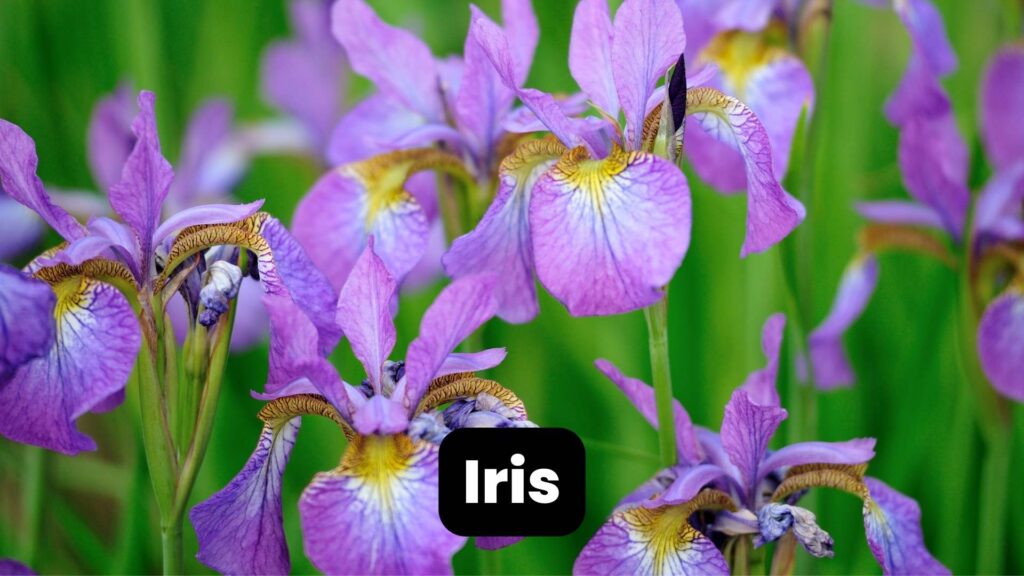
8 – Daffodil (Narcissus spp.):
Daffodils are highly resistant to deer and produce cheerful yellow or white flowers in the spring. They prefer full sunshine or partial shade and well-drained soil.
Daffodil is a hardy bulb that will flourish in almost all soil types, including poor or rocky soils. Plant the bulbs in the fall and water regularly during the growing season. The foliage should die naturally after blooming to ensure healthy bulbs the following year.
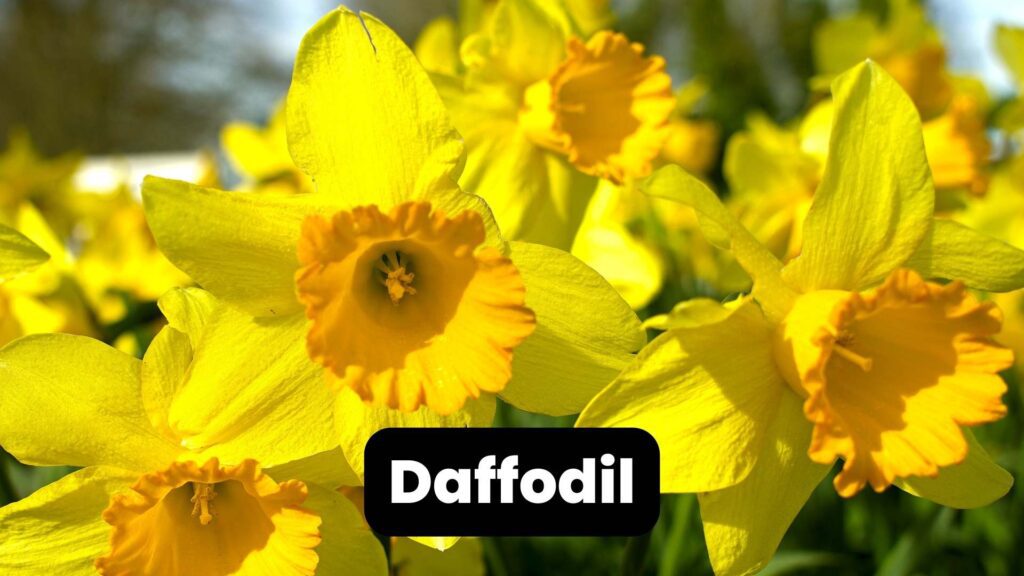
9 – Coneflower (Echinacea spp.):
Coneflowers are colorful, drought-tolerant perennials that are highly resistant to deer. They produce showy flowers in pink, purple, orange, and white. They need a spot in the full sunshine and with well-drained soil.
Deadhead withering blossoms regularly to encourage new blooms and prevent self-seeding.
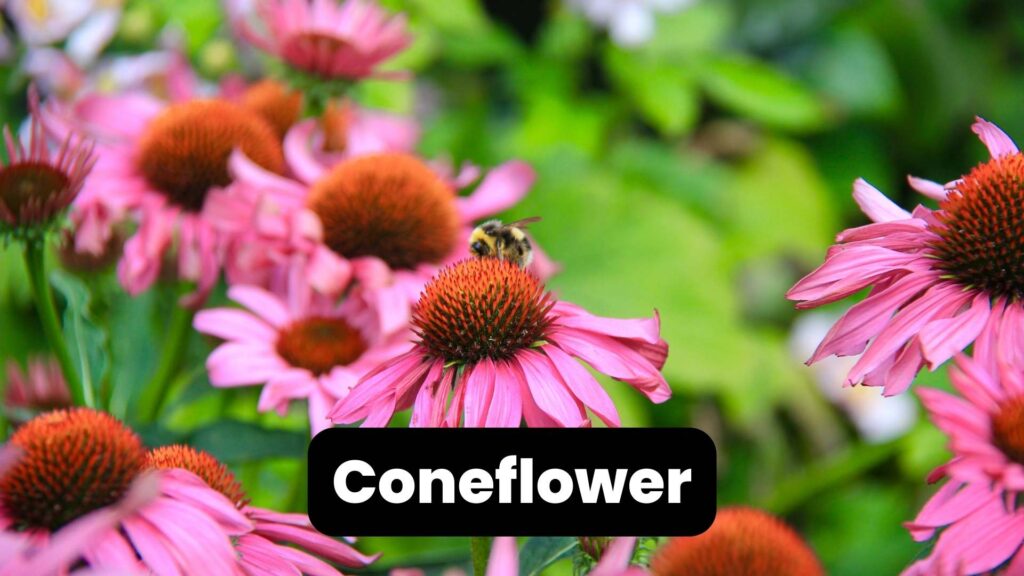
10 – Butterfly bush (Buddleja spp.):
Butterfly bushes are known for their attractive blooms and ability to attract butterflies, but they are also highly resistant to deer. They produce long spikes of fragrant flowers in shades of pink, purple, white, and yellow, and prefer full sun and well-drained soil.
The butterfly bush is a sun-loving perennial shrub that prefers well-drained soil and full sun. Give it plenty of air flow to prevent mildew. You will prune it back every spring to encourage new growth and prevent leggy stems.
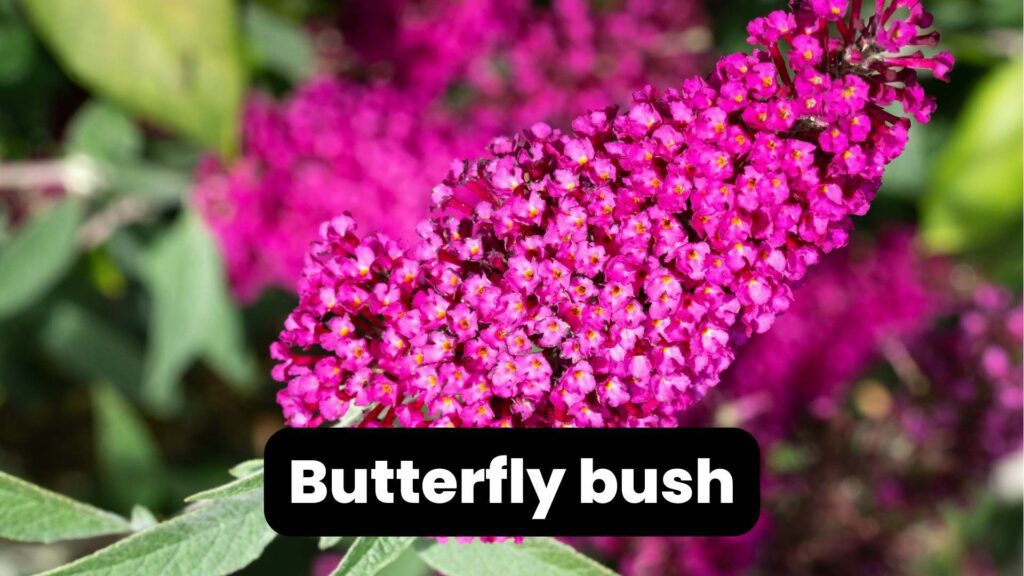
11 – Fountain grass (Pennisetum spp.):
Fountain grass is a sun-loving ornamental grass that prefers well-drained soil and full sun. It can thrive in poor or sandy soils and is relatively low-maintenance. You must cut it back to the ground in late winter or the first days of spring to encourage new growth.
Fountain grass is ideal for adding texture and interest to the landscape while serving as a deer-resistant plant.
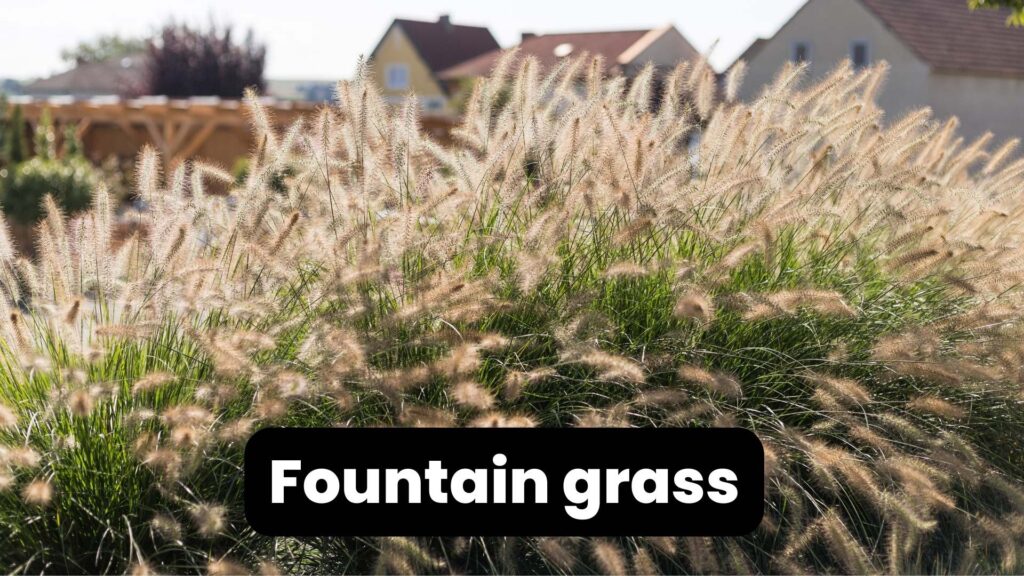
12 – Hellebore (Helleborus spp.):
Hellebores are shade-loving perennials that produce showy pink, purple, green, and white flowers. They are highly resistant to deer and can add color to shady areas of the garden. They prefer partial to full shade and well-drained soil.
Plant it with the plant’s crown at the soil level and water regularly during the growing season. You must divide it every few years to prevent overcrowding.
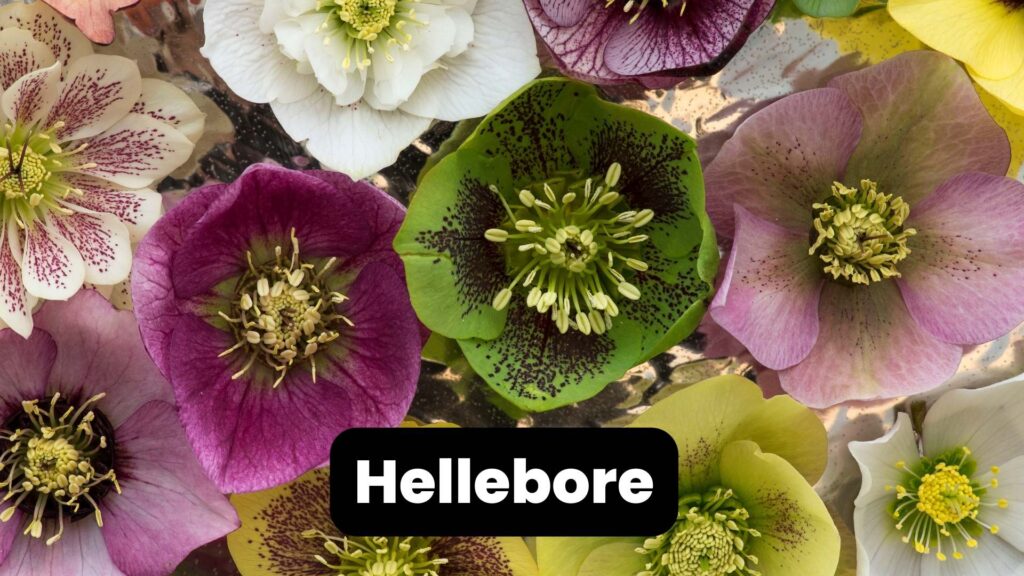
The Takeaway: These Deer-Resistant Plants Might Help Discourage Those Hooved Diners
Gardening enthusiasts who want to keep their gardens free from deer damage often struggle to find the right plants. However, selecting deer-resistant plants can be a solution to this problem. Considering several factors, such as their taste, smell, and texture, is crucial when seeking deer-resistant plants.
Plants with strong fragrances, fuzzy or thorny foliage, and unpalatable tastes are often unappealing to deer. Additionally, selecting native plant species suitable to the local climate can effectively deter deer. Some popular deer-resistant plants that can thrive in different regions include lavender, yarrow, coneflower, and boxwood. By selecting the right combination of deer-resistant plants, gardeners can create a beautiful, thriving garden that is safe from deer damage.

Author Profile

- Deborah Tayloe is the CEO and co-founder of Tayloe's Lawn Care Services, LLC. She has a B.S.Ed and holds certificates in soil and water management and herbology from accredited programs.
Latest entries
 GardeningSeptember 27, 2025What perennials, shrubs, and trees don’t like fall pruning (and why)?
GardeningSeptember 27, 2025What perennials, shrubs, and trees don’t like fall pruning (and why)? Trees and ShrubsSeptember 14, 2025Fall Shrub Pruning Guide (September–October)
Trees and ShrubsSeptember 14, 2025Fall Shrub Pruning Guide (September–October) Trees and ShrubsApril 22, 2025Boxwood Blight: Early identification and isolation
Trees and ShrubsApril 22, 2025Boxwood Blight: Early identification and isolation Flower GardenApril 8, 2025John F. Kennedy Rose: Hybrid tea rose with elegant white blooms
Flower GardenApril 8, 2025John F. Kennedy Rose: Hybrid tea rose with elegant white blooms





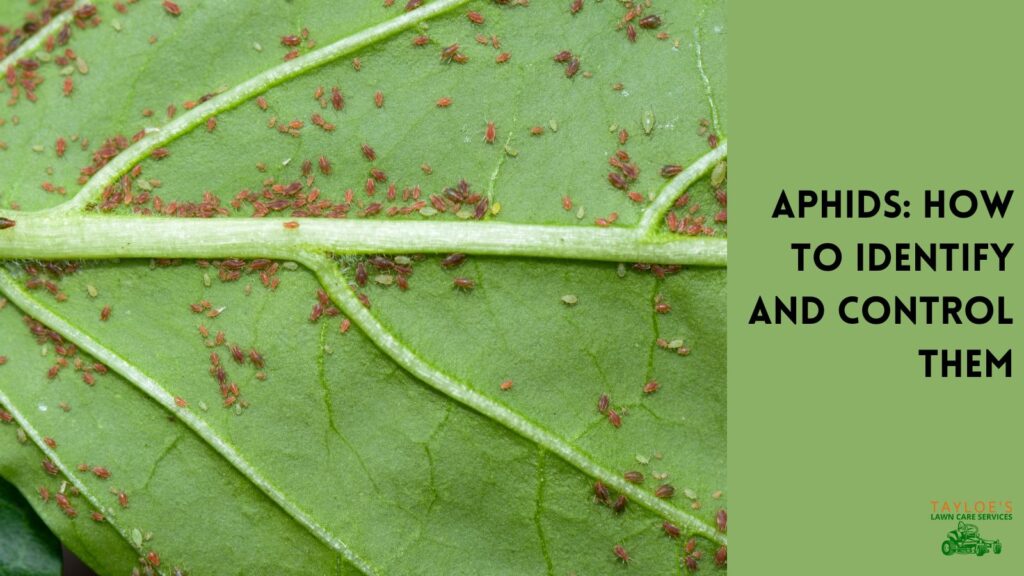
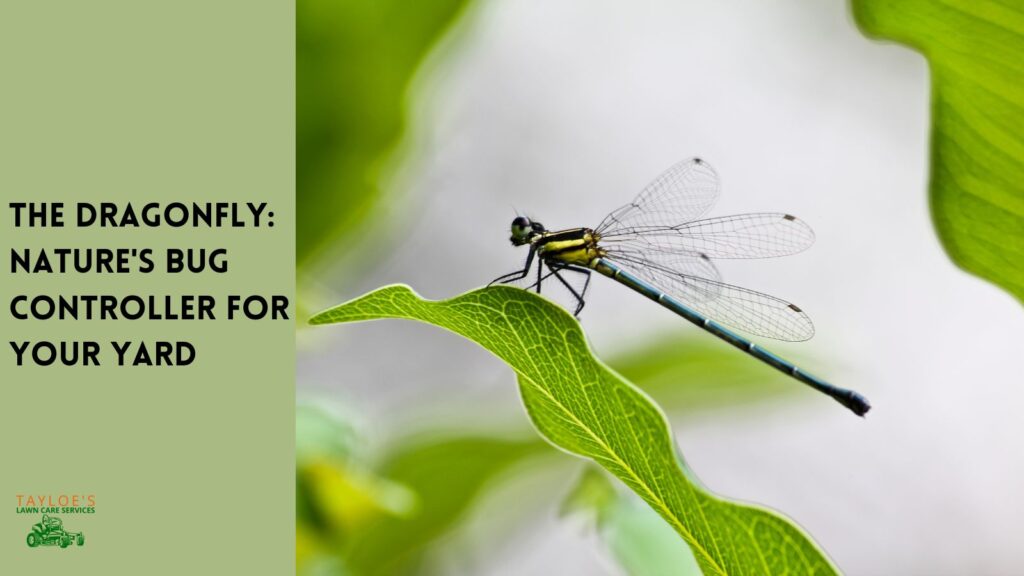
Pingback: Patio Heaters Are an Ideal Way to Enjoy the Outdoors More